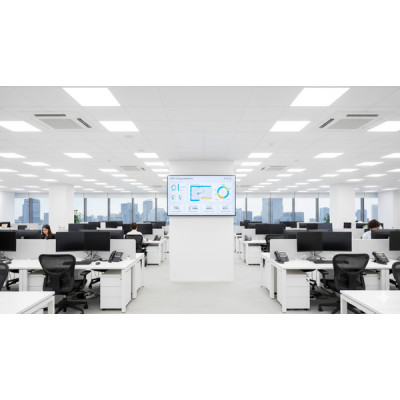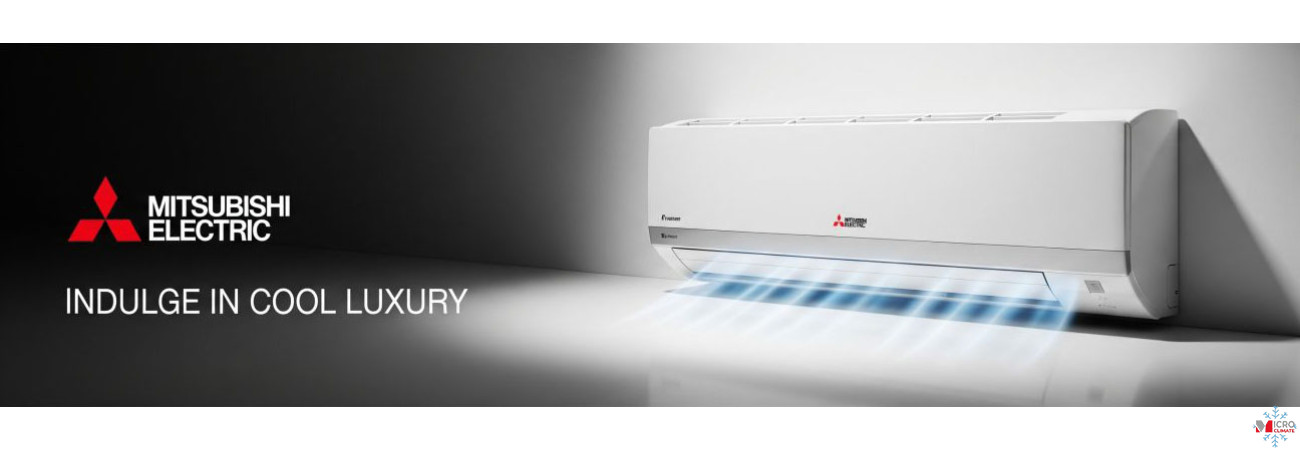
Heating, ventilation, and air conditioning (HVAC) systems account for 40–50 % of total energy use in commercial buildings.
Reducing operational costs without compromising comfort requires a mix of efficient technology, intelligent control, and proactive maintenance.
Here’s how UK businesses can significantly lower HVAC-related expenses.
1. Choose Inverter-Driven Systems
Inverter compressors adjust output to match real-time demand instead of cycling on and off.
This alone can reduce power consumption by 30–45 %.
Systems like Daikin VRV IV S or Mitsubishi City Multi YNW provide smooth modulation, preventing energy spikes during low-load conditions.
2. Optimise Temperature Setpoints
Each degree of unnecessary cooling increases energy use by roughly 6 %.
Maintaining offices at 22–24 °C in summer and 20–22 °C in winter achieves comfort and efficiency balance.
Smart thermostats and scheduling tools automate this optimisation.
3. Implement Smart Controls and Sensors
Occupancy sensors and CO₂ detectors adjust airflow and temperature according to room usage.
BMS integration enables load-shifting — pre-cooling or pre-heating during off-peak tariff hours.
Case studies show energy reductions of 10–15 % purely through automated control logic.
4. Maintain Equipment Regularly
Clogged filters, dirty coils, or refrigerant leaks can increase energy consumption by up to 20 %.
Routine maintenance every six months restores performance and prevents breakdowns.
Modern systems include self-diagnostic alerts to notify facility managers of inefficiencies early.
5. Recover and Reuse Heat
Heat recovery ventilators (HRVs) and heat-reclaim VRF systems reuse energy from exhaust air or cooling zones.
This approach reduces boiler or electric heating demand by 25–35 %, particularly in mixed-use commercial buildings.
6. Monitor Energy Consumption
Advanced BMS and IoT platforms such as Daikin iTM or Midea M-Smart Cloud provide real-time monitoring, analytics, and carbon reporting.
By visualising patterns and identifying peak loads, managers can fine-tune operation schedules and target energy waste.
7. Upgrade Obsolete Equipment
Systems older than 10–12 years typically operate 25–40 % less efficiently than new inverter models.
Upgrading to A+++-rated HVAC units reduces both energy use and maintenance costs while qualifying for government energy-efficiency incentives.
8. Train Staff and Improve Awareness
Simple behavioural adjustments — closing doors, using blinds, and avoiding extreme thermostat changes — can contribute to 5–10 % additional savings.
9. Evaluate Renewable Integration
Combining HVAC with air-source heat pumps (ASHPs) or solar PV can further reduce operational costs and emissions.
Hybrid systems that recover waste heat for water heating provide dual benefits in office and hospitality environments.
Conclusion
Reducing HVAC energy costs is achievable through a strategic mix of inverter technology, smart control, and disciplined maintenance.
By adopting modern, data-driven systems and employee awareness programs, UK businesses can achieve long-term sustainability and significant operational savings.




